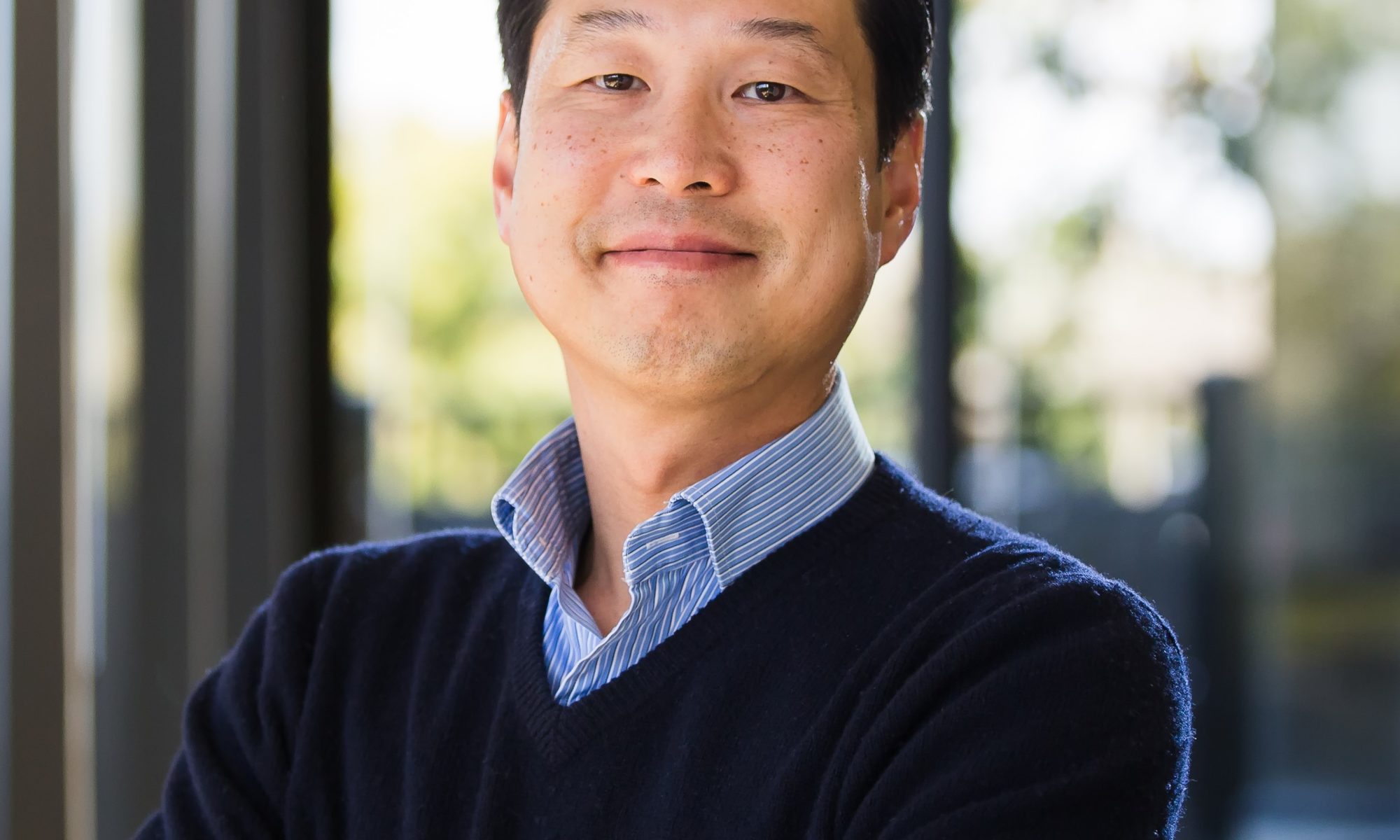I had a follow-on discussion with Alex Yoon from our podcast last year. He is as a Head of Strategic and Emerging Technologies and partnerships at Intermolecular, part of EMD electronics.
 Prior to joining EMD electronics, he was Senior Technical Director at Lam Research, led activities in emerging memory and novel materials in New Product Development, Corporate Technology Development and Advanced Technology Development groups. Prior to Lam, he was technology manager for WCVD/WALD at Applied Materials. He holds BS in Chemistry/Materials Science from UCLA and PhD in Chemistry from UC Berkeley.
Prior to joining EMD electronics, he was Senior Technical Director at Lam Research, led activities in emerging memory and novel materials in New Product Development, Corporate Technology Development and Advanced Technology Development groups. Prior to Lam, he was technology manager for WCVD/WALD at Applied Materials. He holds BS in Chemistry/Materials Science from UCLA and PhD in Chemistry from UC Berkeley.
In our podcast we discussed semiconductor materials innovations. This time we are talking about integrating materials solutions.
What is the rationale for integrating materials solutions? Why now?
The Semiconductor industry is facing many challenges and opportunities – all of which demand faster product innovation. Integrating the right materials solutions helps enable differentiation.
Point solutions may not solve present day device, integration and process technology needs / in an efficient, rapid and complete manner. Integrated materials solutions aim to solve complex integration challenges by collaboration and co-optimization of individual solutions to give better, faster solutions.
Severe reduction in design, device and process margins for present day semiconductors creates the need now.
How did customers solve these problems before integrated materials solutions was available? Why is that approach not completely viable?
Previously these problems were solved sequentially, especially when materials suppliers were involved. For example, first develop the precursors, the deposition technique and the resulting thin film. Then develop the slurry, pad and CMP process. This sequential process is inefficient and could potentially lead to unnecessary/inadequate optimization especially when integration considerations are missed during optimization of just one material.
What are the top 3 benefits to adopting integrated materials solutions approach?
Better convergence to integration driven needs, better and faster materials solutions, tackling integration issues early on in the process, and deployable solutions developed with process integration in mind help achieve higher order key performance indicators. All of which leads to faster product development and innovation for customers.
How does the previous and proposed integrated solutions approach compare? Benefits vs risks?
Traditionally, the approach was siloed between the different processing steps. This allows to have deep technical experts push the technology further, however the downside is that the solutions only come together in the integration team. With Integrated solutions, we leverage the position of EMD Electronics with all the various in-house materials, using our understanding of the materials and the ability to quickly iterate, so that we keep the deep technical experts involved while breaking up the silos between the different disciplines.
Benefits of this approach is we can offer better, faster solutions and better convergence to integrations needs of customers. On the other end, the risk is that this model changes engagement model between chip makers/foundries and materials suppliers. Requires transparent and trust-based interactions to understand capabilities and customer may be somewhat reluctant to share their insights.
What is an example where you can co-optimize multiple steps towards an integrated solution?
We have multiple examples of co-optimizing multiple steps. Such as deposition of thin film and planarization, deposition of materials and etch gases, co-optimization of atomic layer deposition (ALD) and atomic layer etch processes (ALE)
How do customers engage with you specifically to take advantage of this integrated approach? How long is the engagement?
Customers highlight a process technology needs to include a discussion on integration challenges and specifications for individual process steps. EMD Electronics will then assess and respond with specific options, actions and timelines. Once we mutually align on the Statement Of Work, or Joint Development Agreement, we can collaborate via frequent and regular communication meetings to realize the integrated materials solution. The engagement depends on the scope and deliverables but can be typically 6 months for simpler project and longer for more complex or involves new materials development.
What is the future for integrated materials solutions? Do you expect to go beyond the process module level?
Integrated materials solutions are not limited to any specific or limited number of levels of abstractions. Currently we are focusing on integrated materials solutions based on device and process integration needs and see that our customers find value in this. We will listen carefully to feedback from our customers and use our core strengths in materials innovation to best serve them.
Thank you Alex!
Also read:
Podcast EP42: Semiconductor Materials Innovations
Ferroelectric Hafnia-based Materials for Neuromorphic ICs
Webinar: Rapid Exploration of Advanced Materials (for Ferroelectric Memory)
Share this post via:






Quantum Advantage is About the Algorithm, not the Computer